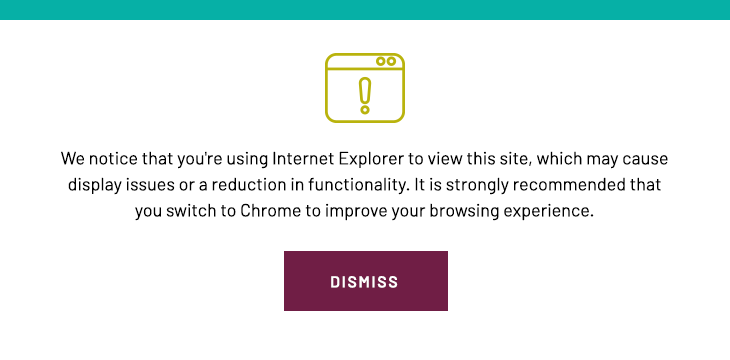



Right now, we all have our hands full. Our first priority, without question, should be to keep ourselves and our families safe. We also have an obligation to keep our businesses and construction projects afloat and progressing. Both can be stressful, and it may be hard to clearly see the path ahead with changes happening so quickly and so often.
There is no doubt that COVID-19 will have an impact on our projects. We are already seeing it in these early days with reduced workforce levels, restricted site access, supply chain disruption and material shortages, and the challenges of working from a virtual office and not being able to regularly “lay eyes on” site issues. Some projects may even already be shut down.
Recognizing the inevitable impact, what steps can we take now which will allow us to quickly assess and mitigate the impact on our construction projects? When the time comes, how will we move beyond these obstacles and return to normal? We should start by understanding that project stakeholders share a desired outcome: to successfully complete the project and avoid costly and time-consuming disputes. The key to achieving this future outcome is to start now with transparency, thorough documentation, and recovery planning.
Open channels of communication are essential now. This is not the time to quarantine our relationships and silo our organizations. The nature of communication between owner, contractor, subcontractors, employees, sureties, insurers, and legal counsel needs to be collaborative and as transparent as possible. Planning and forecasting are challenging in a dynamic situation, but it is important to share as much as possible to keep the team abreast of conditions affecting the project.
In order to quantify the impact of the COVID-19 crisis on your project, it is critical to document and measure the conditions at the time of impact – be it a complete project shutdown or reduced levels of operations. You should conduct a survey of construction progress to date and include plenty of photographic documentation. You should also validate that the current construction schedule is accurate and complete and represents a reasonable path to completion before this impact took place. During the impacted period, the project team should document changes in staffing composition and size, material and equipment availability and delivery, access, production rates, sequencing and phasing, funding and cash flow, government directives, and any other indicators. With thorough documentation, the parties will be prepared to accurately assess the toll COVID-19 will take on the project and reach an equitable agreement on compensating impacted parties.
The stakeholders should also come together, perhaps through a facilitated partnering session or risk workshop, to confirm or redefine project priorities. What will be the desired end state once this health crisis has passed and work can resume? Will project goals have changed? Will completing on schedule be most important regardless of the cost, or will controlling costs be most important? The stakeholders should meet to define project success and project priorities but also to assess the project risks and appropriate mitigation efforts.
In this current environment, it is hard to anticipate what lies ahead, but there are steps project stakeholders can take now to prepare for resuming work and resolving the impacts incurred:
With these touchstones, the project team will be well prepared to both constructively resolve the impacts of this crisis and restart the project with vigor and focus.
MBP’s project risk management team takes the proper steps to plan for, identify, analyze, respond to, and monitor and control risk. Contact us to learn more about our project risk management services.
Stay healthy and safe.
Comments